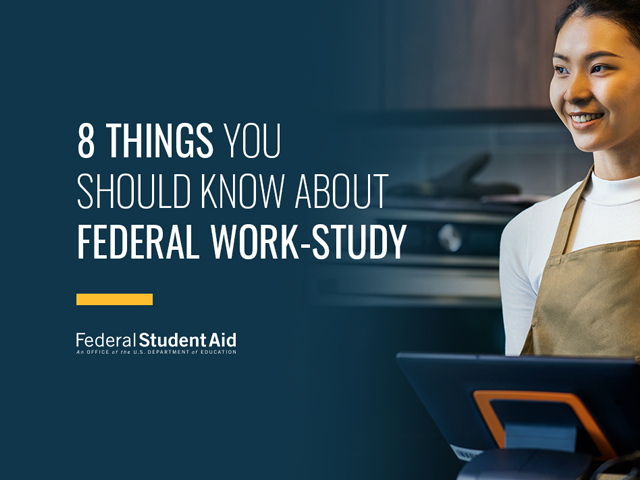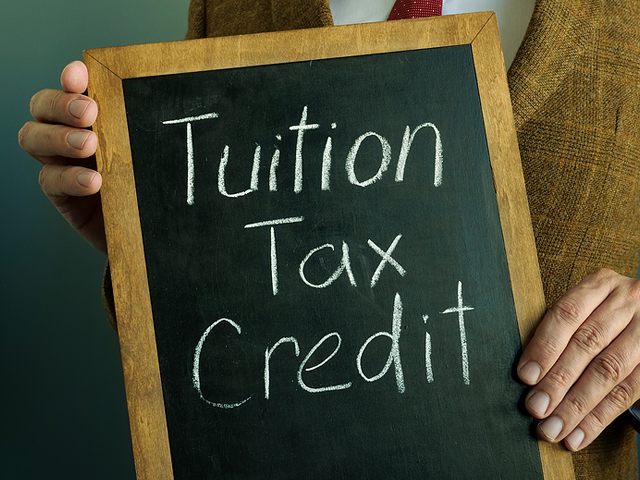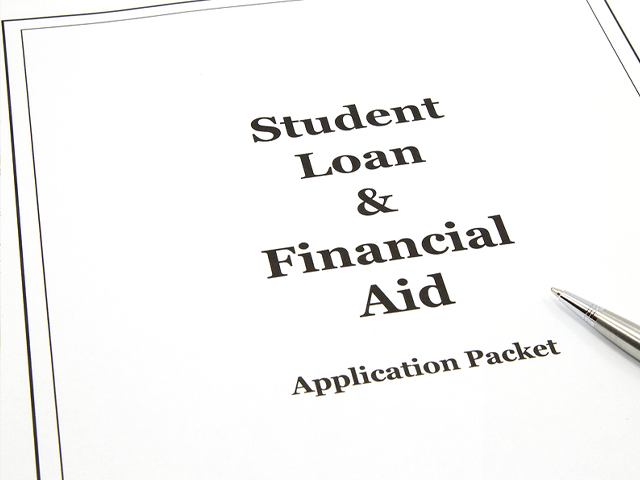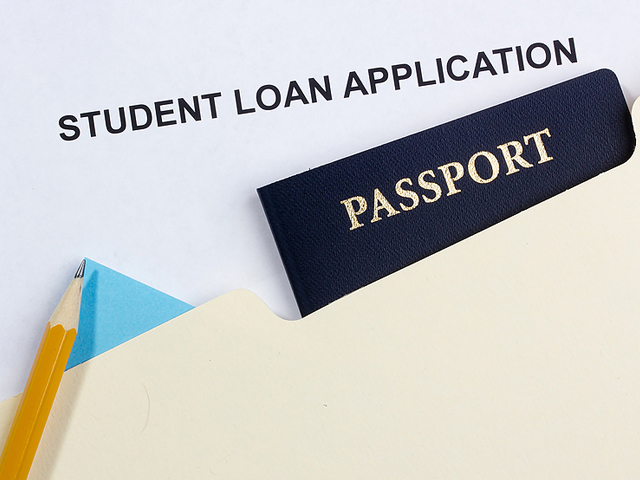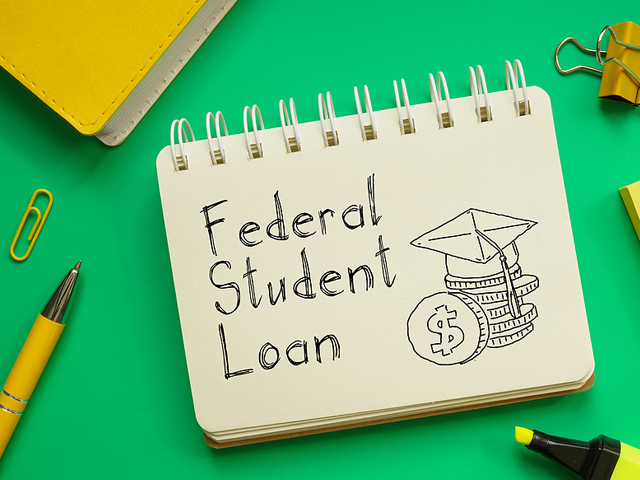
If you teach on a full-time basis for 5 consecutive and complete academic years in a low-income educational service agency or school, Under the Teacher Loan Forgiveness Program, you may be eligible to receive up to $17,500 on your Subsidized and Unsubsidized Federal Stafford Loans and your Direct Subsidized and Unsubsidized Loans if you meet all of the qualifications.
If you have a Federal Consolidation Loan or a Direct Consolidation Loan, you might be eligible for loan forgiveness for the remaining portion of your consolidation loan which repaid a Direct Unsubsidized Loan, Unsubsidized Federal Stafford Loan, Subsidized Federal Stafford Loan, or a Direct Subsidized Loan.
Do I Meet the Eligibility Requirements?
There are specific criteria that you must meet to be eligible. Find out more below:
You are not allowed to have had an outstanding balance on Federal Family Education Loan (FFEL) Program or Direct Loans from October 1, 1998, or on the date that you received a FFEL Program or a Direct Loan after October 1, 1998.
You are required to have been employed as a qualified full-time teacher for 5 consecutive full academic years. At least one of those years must have been completed after the academic year of 1997 – 1998.
The loans that you are seeking forgiveness from must have been made prior to your 5 years of academic qualifying teaching service finish.
You need to have been an employee at a low-income school or educational service agency, secondary school, elementary school, or educational service agency dedicated to low-income students.
What Happens If I Taught for Less Than a Full Academic Year?
In the event you didn’t finish a full academic teaching year, that year may still be counted to the required 5 consecutive and complete academic years if the following criteria are met:
You finished at least one-half of the academic year; AND you were not able to finish the year due to returning to post-secondary education in an area of study related directly to the teaching service performance aforementioned, on a minimum of a half-time basis; or you were called to active-duty status with the U.S. armed forces or a reserve component for more than 30 days, or you had a medical issue covered under the Family and Medical Leave Act of 1993 (FMLA). Lastly, if your employer considered you to have finished your contract fulfillments for the academic year for the purposes of tenure, salary increases and retirement along with one of the aforementioned points. Speak with your loan service provider about your unique circumstances if you have any questions or concerns.
Who Is Defined as a Teacher?
Teachers are those who offer direct classroom teaching or classroom-style teaching within a non-classroom location. Special education teachers are also teachers.
Definition of a Highly Qualified Teacher?
There are certain requirements that each teacher must meet fall into the highly qualified category. There are extra requirements that you need to meet depending on if you are a secondary or elementary school teacher and if you are new to the profession.
Basic Requirements for Every Teacher
You need to exhibit the following to be considered a highly qualified teacher:
- Received complete state teacher certification
- Have a minimum of a bachelor’s degree
- Not had any licensure or certification requirements waived on any provisional, temporary, or emergency basis.
If you earned your teaching certification via alternative routes, you are recognized as receiving full state certification. If you work at a public charter school and meet the requirements stated in the public charter school law for the state, you will have full state teaching certification.
Extra Requirements for New Elementary School Teachers
For teachers who are new to the profession, they need to demonstrate teaching ability in math, reading, writing and other elementary school curriculum subjects by passing a detailed state exam to be considered a highly qualified elementary school teacher.
The state test may be a licensing test or state-required certification or individual tests in math, writing, reading and elementary school basic curriculum courses.
Extra Requirements for New Middle or Secondary School Teachers
Middle and Secondary school teachers who are new to the profession need to demonstrate a strong competency level in each of the academic subjects they teach to be considered a highly qualified middle or secondary teacher.
To demonstrate a high competency level, you need to pass an intense state academic subject test for every subject you plan to teach. You must complete a graduate degree, an academic major, or classwork that equivalates an undergraduate major or advanced certification or credentials in every academic subject that you teach.
The state tests may be a licensing test or state-required certification for every academic subject you teach.
Extra Requirements for New Secondary, Elementary, or Middle School Teachers
If you are brand new to the teaching profession, there will be additional requirements to be considered a highly qualified elementary, middle, or secondary teacher.
You need to demonstrate academic competence in every subject that you will teach. This is assessed by a state set uniform standard. All requirements that apply to become a new teacher for any grade level must be met.
The uniform state standard of evaluation may involve multiple, objective measures of teacher competency and must be met.
The evaluation for uniform state standards can involve numerous teacher competency measures and needs to be established by the state for knowledge of the subject matter, grade-appropriate subject matter and teaching skills. It must offer coherent, objective information regarding your core content knowledge and how you attained that knowledge for each academic subject you teach.
It needs to be in alignment with the academic state content and the student achievement standards created in consultation with principals, essential content specialists, school administrators and teachers. Upon public request, it needs to be made available. It must take into consideration the time you have been teaching this academic subject material. It must be uniformly applied to each teacher in the same subject grade and academic subject throughout the state.
What is the definition of teaching at an educational service agency or a low-income school?
To find out if your teaching institution qualifies, it needs to be listed in the Teacher Cancellation Low Income (TCLI) Directory. The ED or U.S. Department of Education publishes this directory annually listing the educational service agencies and schools that qualify. Check the directory database for the years that you have been an employed teacher. If this directory isn’t available before May 1st, you can utilize the previous year’s directory.
Discuss any omission or inclusion questions about a certain school with the state education agency contact within the state that the institution is located. Do not address the ED if you need answers. It is the responsibility of state education agencies to determine which educational service agencies or schools are eligible to be included in the TCLI Directory.
If your educational service agency or school is included for a minimum of one year in the TCLI Directory but isn’t included during additional years, those subsequent teaching years at the educational service agency or the teaching school will be counted toward the 5 consecutive and complete academic teaching years.
If you taught at the same location for 5 full and consecutive years from 2011-12 until 2015-16 and the school was only listed in the TCLI Directory for the 2011-12 academic year, the following years teaching at that school will still count toward the 5 consecutive and complete academic requirements.
If the teaching of the 5-year consecutive period includes qualifying service at an eligible facility after the 2007-2008 year, it will be counted toward the 5 years of qualifying service if it was performed at an educational service agency.
Each secondary and elementary school operated by the BIE or Bureau of Indian Education and those situated on Indian reservations and operated by Indian tribal groups that have a contract with the BIE also qualify as schools that serve low-income students. These are qualifying schools for the teacher loan forgiveness program; however, they are not listed in the TCLI Directory.
What is the amount of loan forgiveness I’m eligible for?
Loan forgiveness maximum amounts range from $5000 to $17,500. The amounts depend on which subject matter is being taught. If you have loans that are eligible under the FEEL Program and the Direct Loan Program, the $5000 or $17,500 is calculated as a combined maximum amount for both programs.
You may be eligible to receive up to $17,500 in loan forgiveness if you meet the following criteria:
- Are designated as a highly qualified special education teacher for elementary or secondary students with the responsibility of offering education to children with disabilities, and you worked with disabled children that correlated to your special education training, demonstrating teaching skills and knowledge for the content of the curriculum you provided.
- If you are considered to be a highly qualified full-time science or math teacher that taught secondary students.
- You may be eligible to receive $5000 in forgiven loans if you don’t teach special education, science, or math but are designated as a highly qualified secondary or elementary full-time teacher.
AmeriCorps Program Benefits & Teacher Loan Forgiveness
If you are volunteering with the AmeriCorps Program, a portion of teaching that qualifies you for an AmeriCorps Program benefit can’t be counted to the 5-year consecutive teaching year requirement for the Teacher Loan Forgiveness Program.
Is teacher loan forgiveness an option for my PLUS loans or Federal Perkins Loans?
Note that PLUS loans for professional students, graduate students, or parents do not qualify for this brand of loan forgiveness. Also, Federal Perkins Loans do not qualify. Although, it may be possible to have some of your Federal Perkins Loan canceled (based on your employment or volunteer service) or discharged (under certain conditions).
Is it possible to receive loan forgiveness under the Public Service Loan Forgiveness Program AND the Teacher Loan Forgiveness Program?
You may be eligible to receive loan forgiveness under both programs, the Public Service Loan Forgiveness Program, and the Teacher Loan Forgiveness Program but not for the same teaching service period.
For instance, if you worked 5 qualifying and consecutive years and get Direct Loan forgiveness under the Teacher Loan Forgiveness Programs, any payments made on your Direct Loans over that five-year timeframe won’t be counted toward the 120 monthly required payments for the Public Service Loan Forgiveness option. You need to make an extra 120 qualifying monthly payments to be eligible for Public Loan Service Forgiveness.
If I’m in default on a loan, is teacher loan forgiveness still an option?
You are not able to qualify for loan forgiveness if you are in default on a loan unless you make satisfactory repayment arrangements with the loan provider for the defaulted amount.
When and how do I apply for teacher loan forgiveness?
After you have finished the 5 required years of consecutive teaching service, you can apply for teacher loan forgiveness by filling out a Teacher Loan Forgiveness Application to your loan servicer.
The CAO or chief administrative officer at the educational service agency or school where you completed your teaching service needs to fill in the certification section to state that you met the qualifications. If you are applying for loan forgiveness with numerous loan service providers, you need to send in a separate form for each one.
It is wise to keep track of your banking statements and your qualifying time so that you can apply when you are eligible for any type of loan forgiveness. Speak with your school if you have any questions and find the specific information regarding your state requirements. Once you qualify for these programs, it can save you a tremendous amount of money. They are definitely options to keep in mind when applying for jobs and starting your teaching career. Set a reminder on your calendar or your phone so that you can apply as soon as your eligibility kicks in and your timelines are met.




